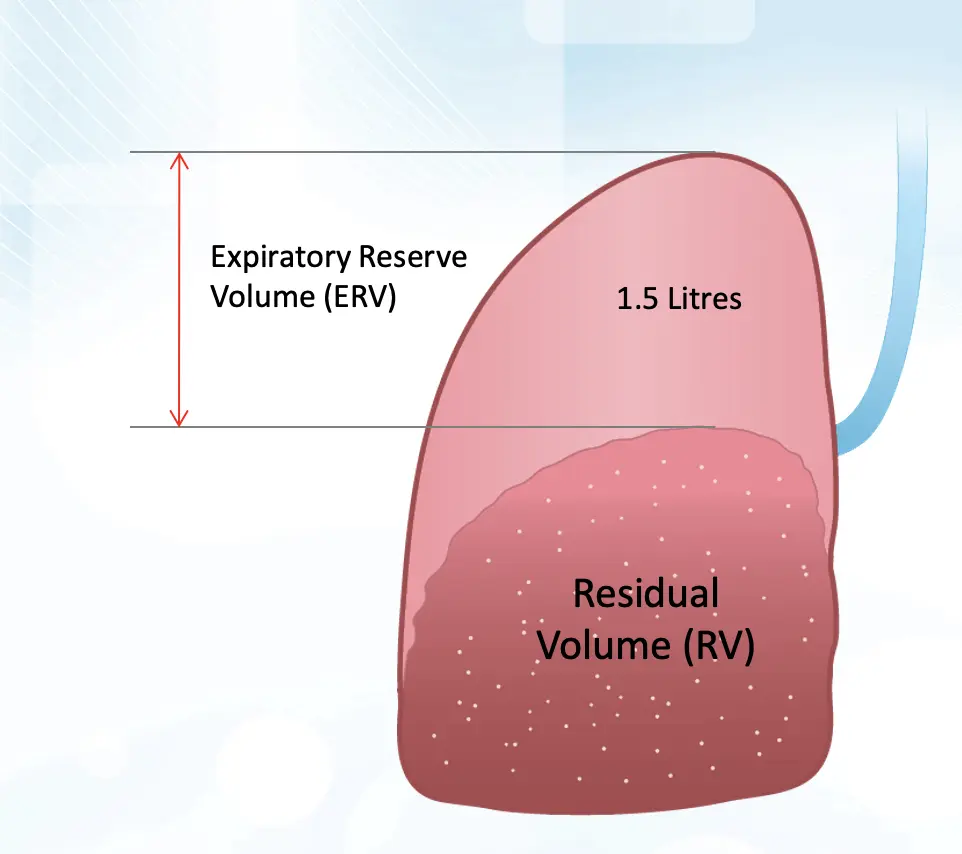Yoga + Laughter Yoga
Are you a yoga teacher or yoga practitioner? Laughter Yoga is a great value addition to your yoga practice.
Although they are calm and peaceful inside, most yogis look very serious as they don’t laugh much. What is missing is the element of joy. More and more yoga teachers are getting trained as LY Professionals and incorporating it into their yoga classes. What they’re finding is that 10 minutes of laughter exercises at the end of a session (before relaxation/shavasana) is taking their yoga practice to the next level.
There’s a great connection between yoga and Laughter Yoga both Scientifically and Spiritually. Let us examine the link between them.
Connection Between Yoga And Laughter
The word Yoga arises from the Sanskrit root Yuj which means to integrate and harmonize our body, mind, spirit.
As the concept of Laughter Yoga evolved, Dr. Kataria found a deep connection between the fundamentals of yoga and what one did in laughter clubs. Intially, he incorporated deep breathing exercises ( pranayama) from yoga with laughter exercises, which helps to increase oxygen to the body and brain.
Breath is life
Breathing is fundamental to life. One can live without food and water for several days, but cannot survive if breathing stops for even a few minutes. According to yogic philosophy, we are alive because the cosmic energy from the Universe flows into the body through the breath, which is the life energy force or as called in yoga, Prana.
From a medical point of view, the most important component of breath is oxygen. Due to stress and negative mental states, breathing becomes shallow and irregular. We tend to hold our breath whenever the mind is upset. This leads to accumulation carbon dioxide in the blood which triggers anxiety, stress and emotional reactions.
More oxygen from exhalation
The hallmark of yoga breathing is that we should exhale longer than we inhale so as to get rid of the residual air from the lungs. This will increase the amount of fresh air and more oxygen.
Laughter is like a breathing exercise which helps us to exhale longer and get rid of stale air from our lungs. In normal breathing we inhale and exhale only 500 ml of air. While there is large amount of residual air in our lungs ( Residual Volume 1500 ml) by practising prolonged laughter we can force exhale the residual air and get more oxygen.


Diaphragm activates parasympathetic system
It is important to know that diaphragm is a major muscle of respiration which separates the thoracic and abdominal cavity. Two thirds of breathing takes place by the movement of the diaphragm and only one third by the expansion of the rib cage. Under stressful situations, most people breathe from the chest and do not use their diaphragm. Both laughter and yogic breathing exercises are intended to stimulate the movement of the diaphragm and the abdominal muscles.
The diaphragm is connected to a special branch of the autonomic nervous system called the parasympathetic system or the calming branch responsible for relaxation. The opposite of this is the sympathetic system, also known as the stress arousal system. One can turn off the stress arousal system simply by learning to move the diaphragm. In Laughter Yoga we are training our diaphragm and abdominal muscles to stimulate the parasympathetic system.



